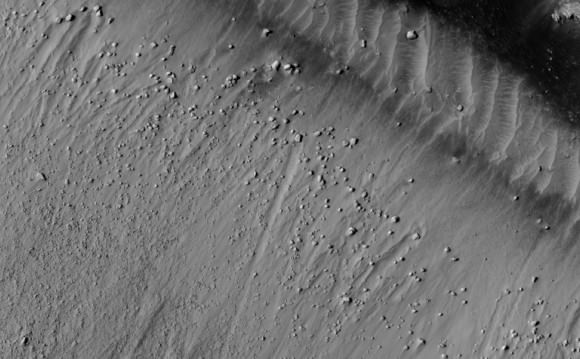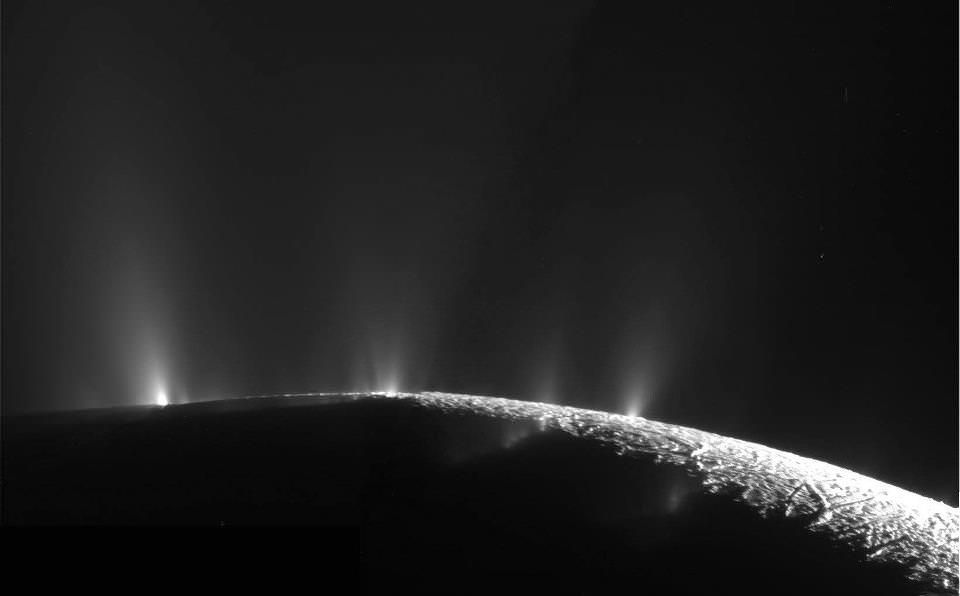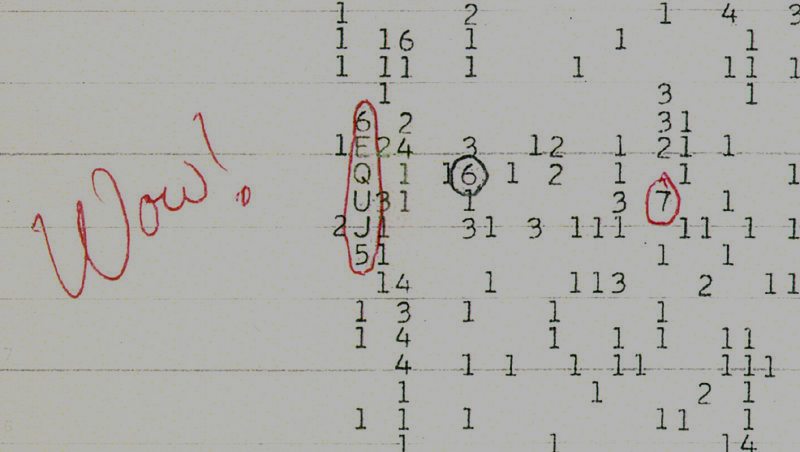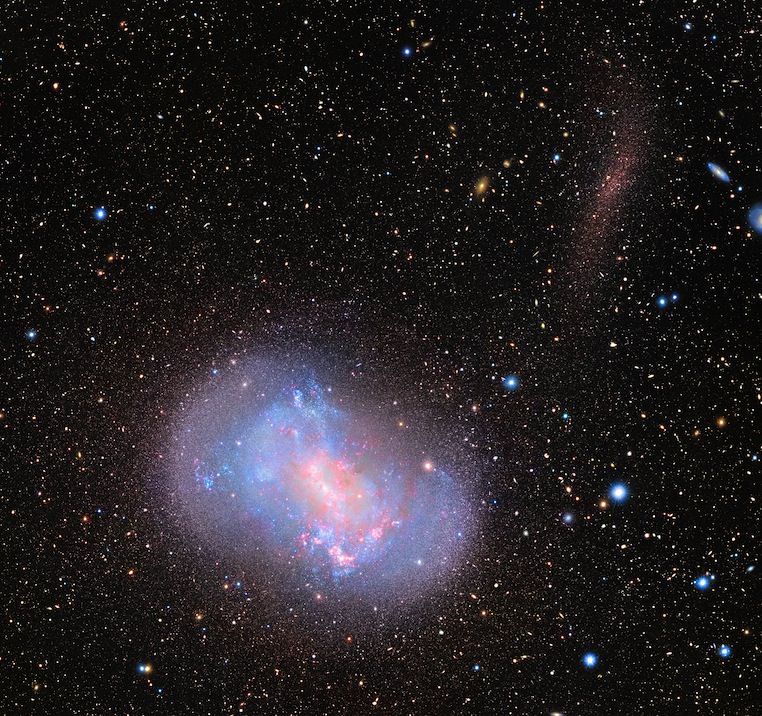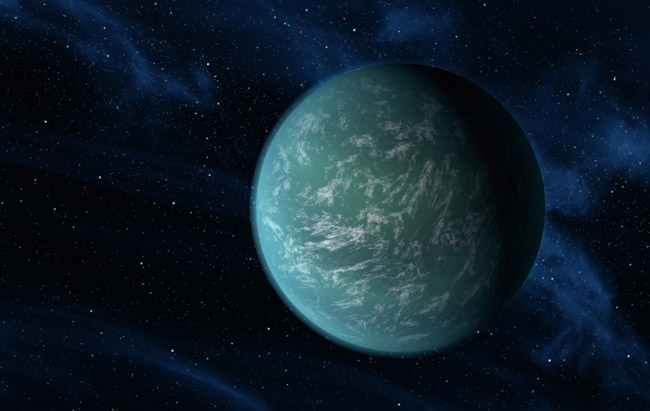Mosaic image of the spherules in the rock outcrop on Cape York at Endeavour crater. Credit: NASA / JPL-Caltech / Stuart Atkinson
One of the most interesting discoveries made so far by the Opportunity rover on Mars has been the small round spherules or “blueberries” as they are commonly referred to, covering the ground at the rover’s landing site. Typically only a few millimetres across, some lie loose on the soil while others are imbedded in rock outcrops.
Analysis by Opportunity indicates that they are most likely a type of concretion, which are also found on Earth. These Martian concretions have been found to contain the mineral hematite, which explains its detection in this region from orbit, and one of the main reasons that the rover was sent to this location in Meridiani Planum in the first place. They are similar to the Moqui Marbles, iron-oxide concretions in the outcrops of Navajo Sanstone in Utah, which formed in groundwater.
Now, the rover (eight years later and still going!) has found what may be a different type of spherule. These ones generally resemble the previous ones, but are quite densely packed in an unusual rock outcrop that is on the eastern side of Cape York, the small island-like ledge on the rim of the huge Endeavour crater. With brittle-looking “fins” of material, the outcrop is an an area that from orbit has been identified as containing small clay deposits. There are also more substantial clay deposits farther south along Endeavour’s rim at the much larger Cape Tribulation, the next major destination of Opportunity.
Whether this outcrop actually has any clay in it isn’t known yet, but the examination of it by Opportunity continues at the time of this writing. Some spherules have apparently broken off the outcrop, exposing their inside structure. The new close-up images of the spherules were taken by the Microscopic Imager (MI) on the rover.
A portion of the rock outcrop. Credit: NASA / JPL-Caltech / Stuart Atkinson
What makes these spherules of interest is the possibility that they may be connected somehow to the clay deposits. Their dense concentration in the outcrop and the physical nature of the outcrop itself may indicate a different origin than the other spherules seen previously, as well as the fact that no hematite signature has been seen from orbit in this specific area (although there may be smaller amounts of hematite here as well). We will just have to wait for the results of the rover’s analysis to come back, but they should be interesting.
Opportunity is specifically looking for the clay deposits in this area, as they could have formed in non-acidic (or pH neutral) water as often happens on Earth. As we have seen in just the last few days though, the origin of Martian clays is itself still a subject of debate.
The whitish gypsum veins already seen at Cape York and examined by Opportunity also indicate the presence of liquid water at this location in the distant past. There are some interesting light-coloured veins in this same outcrop as well; whether they are also gypsum or something else isn’t known yet.
Thanks also to Stuart Atkinson for his excellent mosaic images made from the original Opportunity photos.


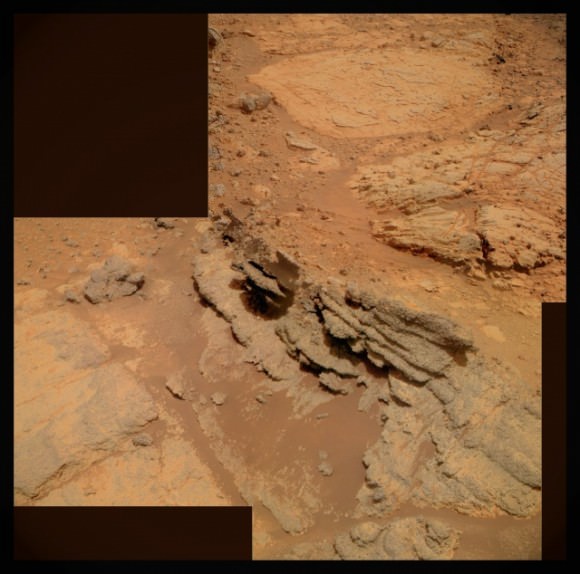

 As it turns out, about a third of the lake beds examined still show evidence for clay deposits. A total of 79 lake beds out of 226 studied to be exact, indicating that they are less common on Mars than on Earth. The reason for this may be that the chemistry of the water was not ideal for preserving clays or that the lakes were relatively short-lived.
As it turns out, about a third of the lake beds examined still show evidence for clay deposits. A total of 79 lake beds out of 226 studied to be exact, indicating that they are less common on Mars than on Earth. The reason for this may be that the chemistry of the water was not ideal for preserving clays or that the lakes were relatively short-lived.
